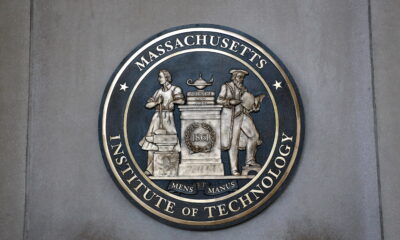Resumption Of Student Interest Sparks Economic Concerns

As of September 1, interest has resumed on federal student loans after a hiatus that began in March 2020. This move comes after the Supreme Court earlier overturned Biden’s student debt cancellation efforts. Although monthly payments are still on hold until October, the interest clock is now ticking for millions of Americans.
The pause on interest and payments provided significant relief to roughly 40 million borrowers, saving them an estimated $5 billion a month. As we wade into the murky waters of post-pandemic economics, the administration is signaling a return to financial normalcy — or what passes for it these days.
“Our lives may have changed since the last time we made a student loan payment, or this may be the very first time making a payment,” the Education Department acknowledged. While this change is inevitable, it raises questions about the economic consequences we should prepare for.
Firstly, it’s important to remember that the U.S. has a staggering $1.6 trillion in outstanding student loan debt. Now that the interest is back, this could have a ripple effect on the entire economy. Nearly 11% of student loan balances were 90 or more days past due in the first quarter of 2020. With payments set to restart, we should anticipate a surge in delinquencies.
Consumer spending will also feel the pinch. The pause on student loan interest and payments allowed many households to spend more freely. This increased spending contributed to inflation rates that exceeded comfort levels in the past years. Expect a pullback in consumer spending with the renewed obligation of student loan payments.
Thirdly, there’s the savings rate, currently at its lowest since the Great Recession, at 4.6%. The added financial burden of loan payments could further reduce the savings rate, leaving Americans with less financial cushion.
The Biden administration is offering another attempt at debt forgiveness, proposing lower monthly payments and a 12-month “on-ramp” period where late payments will not incur penalties. However, interest will continue to accrue, causing loan balances to grow for those who don’t pay enough to cover it.
The resumption of student loan repayments has the potential to significantly depress aggregate consumer demand, adding fuel to fears of a looming recession. As repayments restart, millions of borrowers suddenly face the reality of monthly payments that can amount to hundreds or even thousands of dollars. This financial burden leaves consumers with less disposable income for goods and services, from essentials like groceries to discretionary items like electronics.
Consequently, reduced consumer spending can lead to a domino effect throughout the economy. Businesses experiencing lower sales may cut back on hiring or even lay off existing staff, leading to a rise in unemployment. This further exacerbates the drop in consumer demand, creating a vicious cycle that could trigger or deepen a recession.
With student loans forming a significant part of household debt, the impact of resuming repayments can be an economic headwind that policymakers cannot ignore.
























